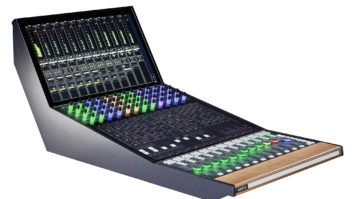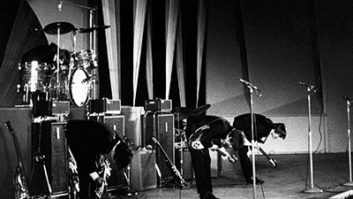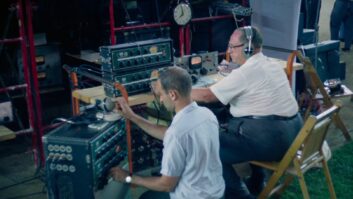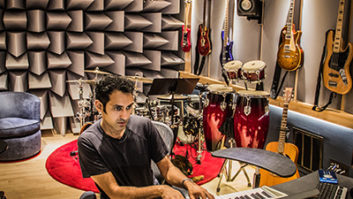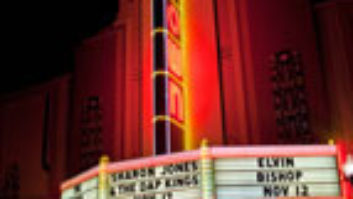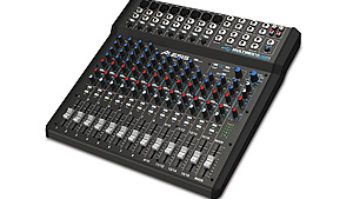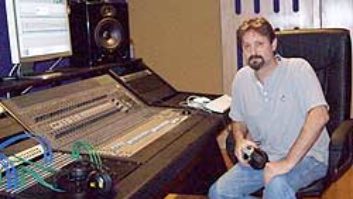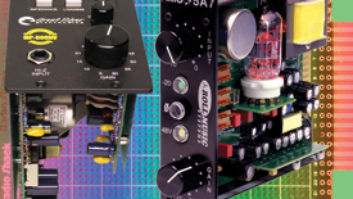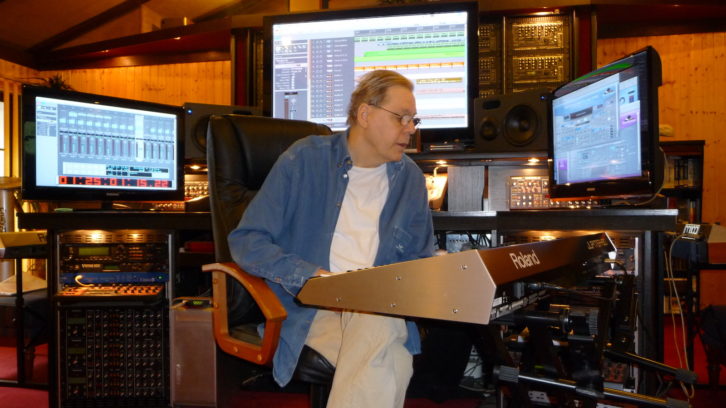 While perhaps not a household name in the U.S., German composer and musician Klaus Schulze is considered by many to be one of the founding fathers of electronic music. As an original founding member of Tangerine Dream, and with more than 40 original albums to his credit as a solo artist, his career has been incredibly prolific and inimitable. Schulze’s latest album, Shadowlands, which combines his signature use of synthesis, sequencing and acoustic textures in a new sonic landscape, is yet another bookmark in an innovative career that has spanned over four decades. Though he rarely grants interviews, Schulze spoke to Pro Sound News about “transforming sounds into time.”
While perhaps not a household name in the U.S., German composer and musician Klaus Schulze is considered by many to be one of the founding fathers of electronic music. As an original founding member of Tangerine Dream, and with more than 40 original albums to his credit as a solo artist, his career has been incredibly prolific and inimitable. Schulze’s latest album, Shadowlands, which combines his signature use of synthesis, sequencing and acoustic textures in a new sonic landscape, is yet another bookmark in an innovative career that has spanned over four decades. Though he rarely grants interviews, Schulze spoke to Pro Sound News about “transforming sounds into time.”
KLAUS SCHULZE ON PREPARING FOR SHADOWLANDS:
Shadowlands is a series of improvisations. When I start an album, I have no idea what I am going to do or how it will be finished. My music is not conceptual—I simply start with one track, then I’ll add another and another, slowly building up a piece. I’ll do an introduction and then I’ll do quite a lot in the mix to build it up into the main piece, and then for the fade out in the end. My music is less of a composition and rather more of an improvisation.
KLAUS SCHULZE ON ADDING ACOUSTIC INSTRUMENTS:
I will typically arrange the whole piece of music, and when I feel that something organic might be missing, like a violin or Lisa’s [Gerrard] voice, I will add this. These additions are usually acoustic elements—I typically would not add another keyboard or synthesizer. Adding an acoustic instrument can bring a nice counterpoint to a piece of electronic music. Normally this might be thought of as a contradiction, but I see it as more of a supplement that updates the whole thing.
KLAUS SCHULZE ON TECHNOLOGY EVOLUTIONS:
My music has always connected to technology. I started with a two-track recorder, then I had an 8-track, then a 24-track. Now, I just work with Logic and a Mac computer. This has changed the way I record, compose and improvise. Even though the tools I use have changed, the approach to what I do is much the same. I try to create a certain mood and then add ambiance to create a kind of musical flow. I try to transform sounds into time—this is partly the reason why my music has consisted of long pieces throughout my career. I have never made a five-minute piece, for example.
KLAUS SCHULZE ON HIS FIRST STUDIO EXPERIENCE:
Moondawn was the first time that I ever worked in the studio. It was recorded in a 16-track studio in Frankfurt, and the reason I went there was because I was working with Harald Grosskopf [drummer] and the drums need to be recorded separately. Usually, whenever I had extra money, I would buy a synthesizer. But this time, I decided to rent a studio, which was about the same cost as a synthesizer in those days. So I played my music on eight tracks of the 16, and then recorded the Moog sequencer on tape. Normally I would mix the sequencer live, but I put it on tape because we needed to add the drums and ensure they were always at the same point. When I am alone playing live, I can do things spontaneously, but when you have a guitarist and a drummer, things need to be a bit more structured.
KLAUS SCHULZE ON MIXING:
I always mix my albums, because for me, a mixing desk is a musical instrument that combines all the other instruments. It is also where I add filtering, delay and reverb. I would never hand over the task of mixing to someone else because it is too connected to the creative process. During the mixing process, I am making a final arrangement, which then goes to the master tracks and becomes the record. I have such a strong connection to the emotion and feeling of my music that I could never give it to someone else to make a ‘copy’ of me.
KLAUS SCHULZE ON REVERBS AND DELAYS:
I don’t use effects from a DAW—I just use the DAW as a tape recorder. I will record MIDI or audio tracks and the effects come from outboard gear. I use a very old delay from Roland, which was made towards the end of the eighties. I hate modern delays and don’t use them; they sound too metallic to me. The older delays seem to have a more natural ‘tail’ and sound more human.
My sequencers use repeating tones. They are programmed with delays in mind, and the delays play a very important part. If you take the delays out, it sounds very rudimentary. In my music, I will typically use three or four different reverb units for different frequency ranges, so I can build up the space. This makes everything coexist more easily together. The delays and reverbs are an incredibly important part of my music and are like instruments themselves.
KLAUS SCHULZE ON VIRTUAL INSTRUMENTS:
I still use all the Moog hardware synths. All the string pads you hear on my records are Roland JD-800s. On top of this, I also use virtual instruments like Atmosphere from Spectrasonics. On the rhythm side, I use RMX.
